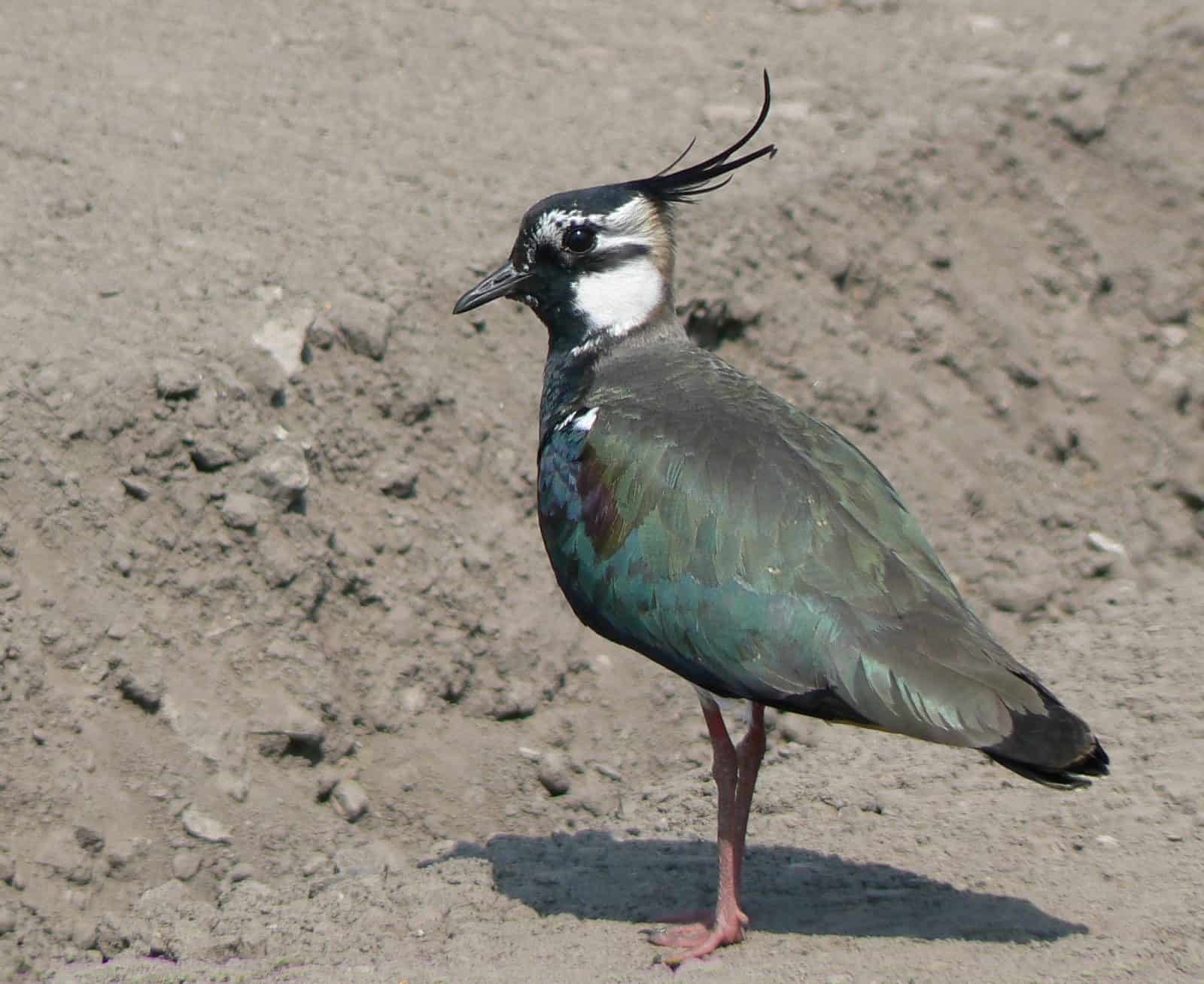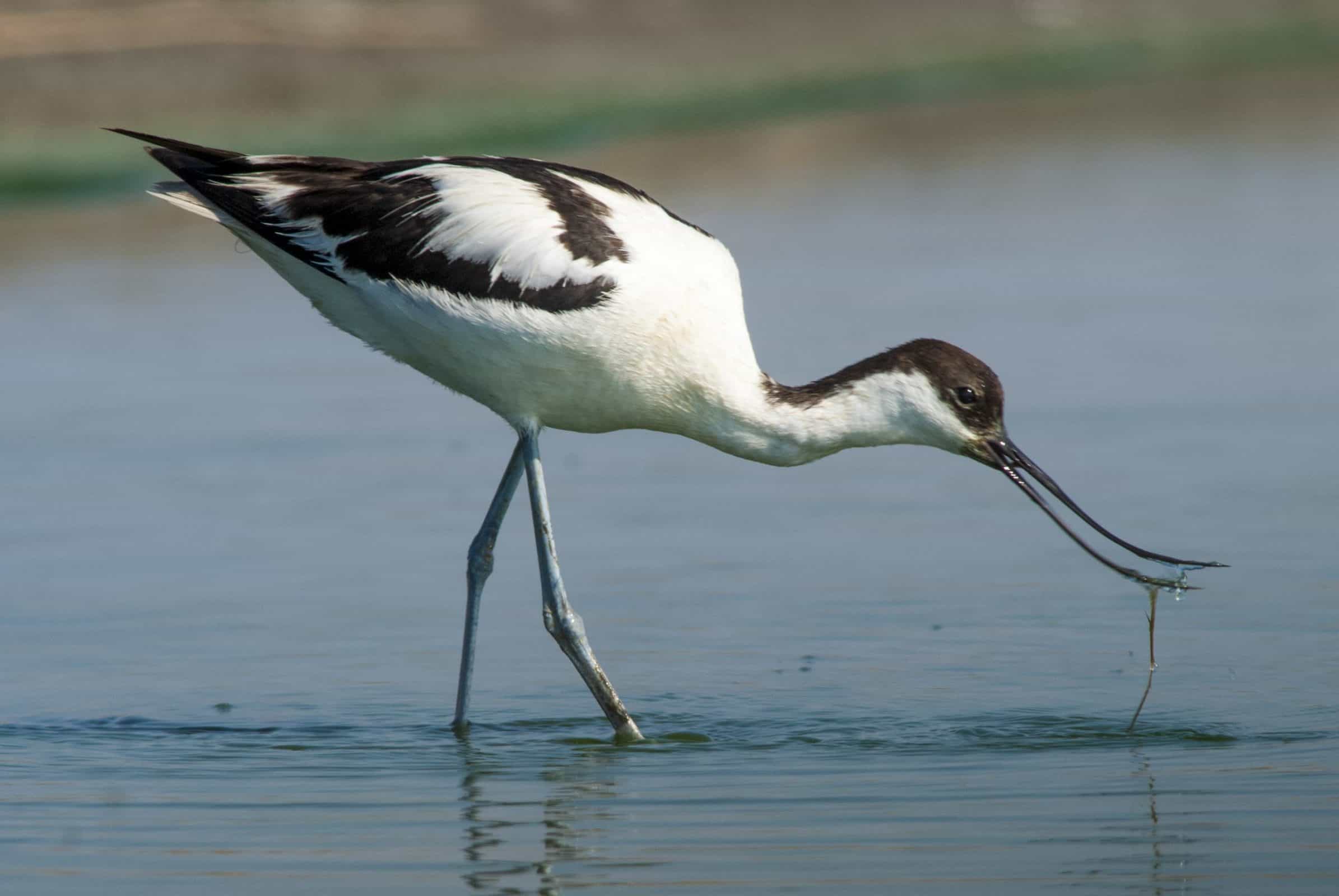Water Birds in Roquetas de Mar
Families

Anas platyrhynchos
This is the most common and widespread duck. The male with its full plumage is characteristic and easily identifiable, its body has a light grey colouration that contrasts with the dark brown breast and a striking bottle-green head, separated from the chest by a white ring. The rump is black with two characteristic curled feathers. […]

Marmaronetta angustirostris
It is a small swimming duck, with a light sandy-brown colouring with lighter patches. It has a slender appearance. They have a dark spot in the form of a mask. The female differs from the male in that it lacks the characteristic crest of feathers common to the latter.

Larus melanocephalus
Slightly larger than the Black-headed Gull, which is a reference for identification, this gull has longer, red legs and a thicker, blunter, red bill with a black band at the end. In summer it has a black hood that covers its nape and a white eye ring makes it easily distinguishable from the black-headed gull. […]

Spatula clypeata
Characteristic and unmistakable swimming duck due to its spoon-shaped bill (due to its wide, flat end), from which it gets its name. The female has the same plumage pattern as all its family, brownish in colour. The male has a striking bottle-green head, a white breast and reddish-brown flanks.

Vanellus vanellus
It is a large plover and characteristic for being the only one with feathers on its head in the shape of a long crest. Another striking feature is its metallic green back and upper wings, the latter with bluish feathers. On the neck it sports a black bib, which in summer plumage is spreads to […]

Anas acuta
This swimming duck is characterized by its slenderness and large size. Its body is elongated. The male has a striking, elongated tail, from which it gets its name, and a chocolate-coloured head that stands out against its white breast and greyish body. The female is brownish and is identified by its slenderness and size.

Recurvirostra avosetta
This elegant bird is unmistakable, it is a large wader. Its plumage is white and it has black feathers on the top of its head (as if it were a bonnet), which continue along the neck down its nape, as well as on its shoulders and wing tips. Its legs and bill are long and […]

Ardea purpurea
Slightly smaller than the purple heron, this bird has a more streamlined appearance, with proportionally longer bill and legs. The neck is purplish brown with a distinct black stripe, its folded wings make its flanks appear purplish as well. Its back is dark grey. These shades make its perched silhouette appear darker than that of […]

Porphyrio porphyrio
Some of its behaviour, and even its silhouette, is reminiscent of the Common moorhen although it differs markedly from the latter in size, it is as big as a hen. The Purple Swamphen has a striking and lustrous bluish colour, which has earned it the nickname in some places of “Blue Rooster”. It contrasts with […]

Calidris canutus
It is a large, stubby-looking sandpiper, due to its short bill, neck and legs. During the summer, adults have a striking brick-red coloration on the breast and underside of the head and neck, while the dorsal feathers are mottled dark grey with shades of brick-red. In winter, this colour disappears becoming light grey, the edges […]

Netta rufina
It is a large diving duck, with a ‘big head’, the male has a prominent red bill and an orange-brown head, the body is black except for the flanks which are white and the back which is brown. The female can be identified as having a light head with a dark hood.

Fulica cristata
Very similar to the Eurasian Coot, so much so that they can be confused from a distance and in winter, since positive identification is carried out thanks to a pair of very striking red protuberances on the forehead, these apparent little horns only appear this way during reproduction. Another differentiating factor is the frontal shield, […]
